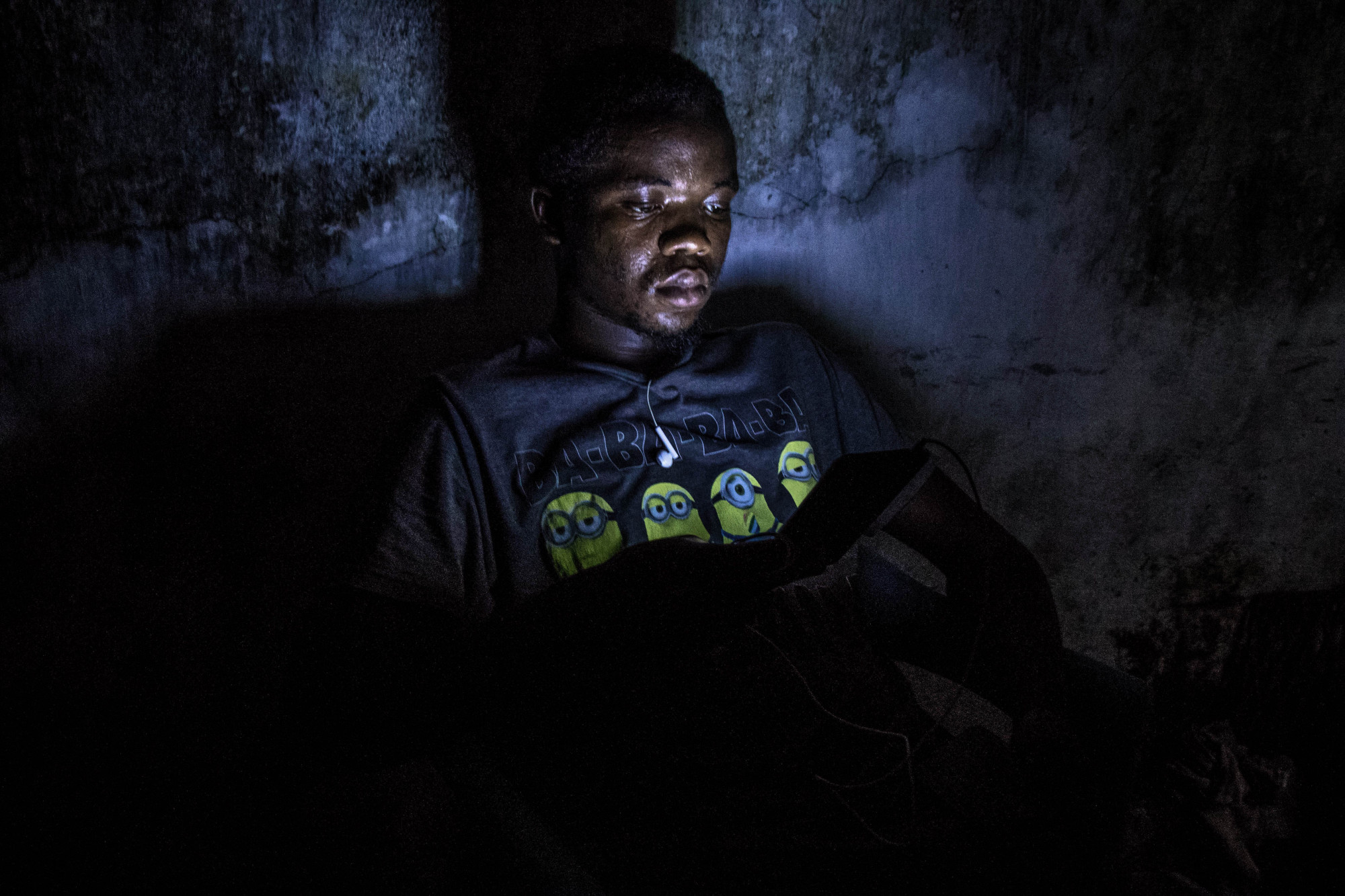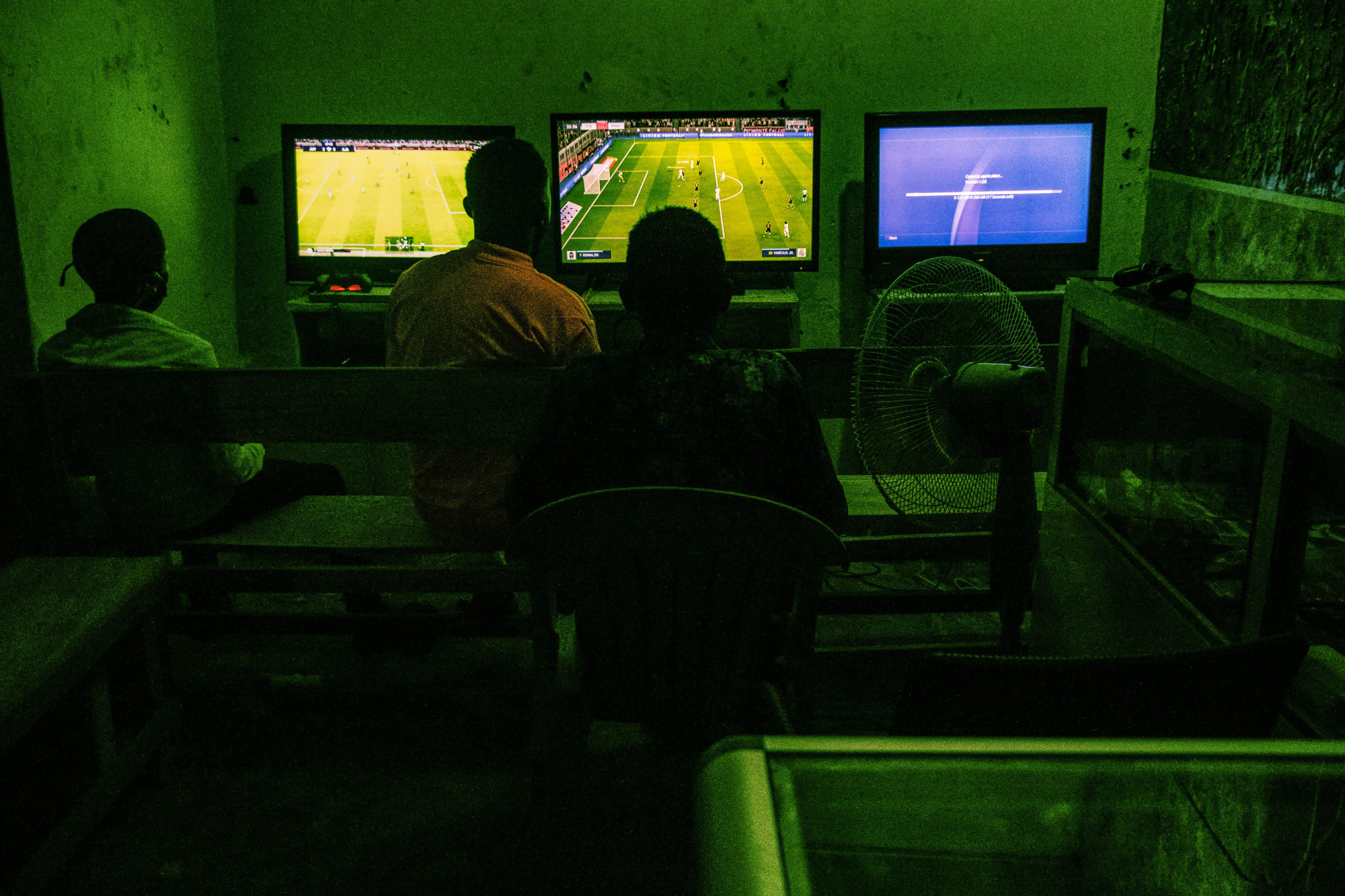

Instead, decades of political instability and misrule, as well as the insufficient investment, mean that progress has been so slow that Congo has one of the lowest electrification rates in the world at just over 9%, with 1% in rural areas and 19% in urban areas.
As coronavirus spreads, especially to low-income countries such as Congo, access to electricity will be key to fighting the pandemic as it puts pressure on every country’s economy and society, according to the World Bank. For developing countries that were already facing major challenges before COVID-19, this pressure will be particularly painful. If hospitals and local communities don’t have access to power, this could magnify the human catastrophe and significantly slow the global recovery, the World Economic Forum has warned.

Congo’s government pledged to supply water and electricity free of charge to its citizens for two months when the country went into lockdown in March. But such promises offer little in Congo, a country of more than 80 million people, where the state utility, Société nationale d’électricité (SNEL), has just 500,000 registered connections. Many of those connected to the grid still find themselves without power. Despite its vast potential, Congo’s energy infrastructure is crumbling and there are grid outages of more than 75% of the time.
Over the past weeks in Kinshasa, we have been without electricity for days at a time. People are relying on generators and on charcoal for cooking, which when used in confined environments can cause respiratory problems that worsen health risks related to coronavirus. The generators require expensive fuel, are noisy, and also produce noxious exhaust fumes.


The lack of electricity is making life extremely difficult when we are being told to stay at home. Our children cannot follow the learning programs broadcast on television, we are using coal-heated irons to press our clothes, and we cannot refrigerate food so we must go out of confinement to crowded markets to buy fresh food or to charge our phones and computers at communal charging stations. This also costs money and can damage the batteries. It took me five days to get enough charge on my computer and a good enough Internet connection to send the pictures for this story. I know a lot of people around the world are struggling right now, and are having a hard time staying home in the midst of the uncertainty.
But imagine how much worse it would be without electricity. That’s how it is for nearly a billion people worldwide. And with the World Health Organization warning that Africa still faces a growing threat from the pandemic as countries across the continent begin to ease lockdowns, many of us worry that the worst is yet to come.
